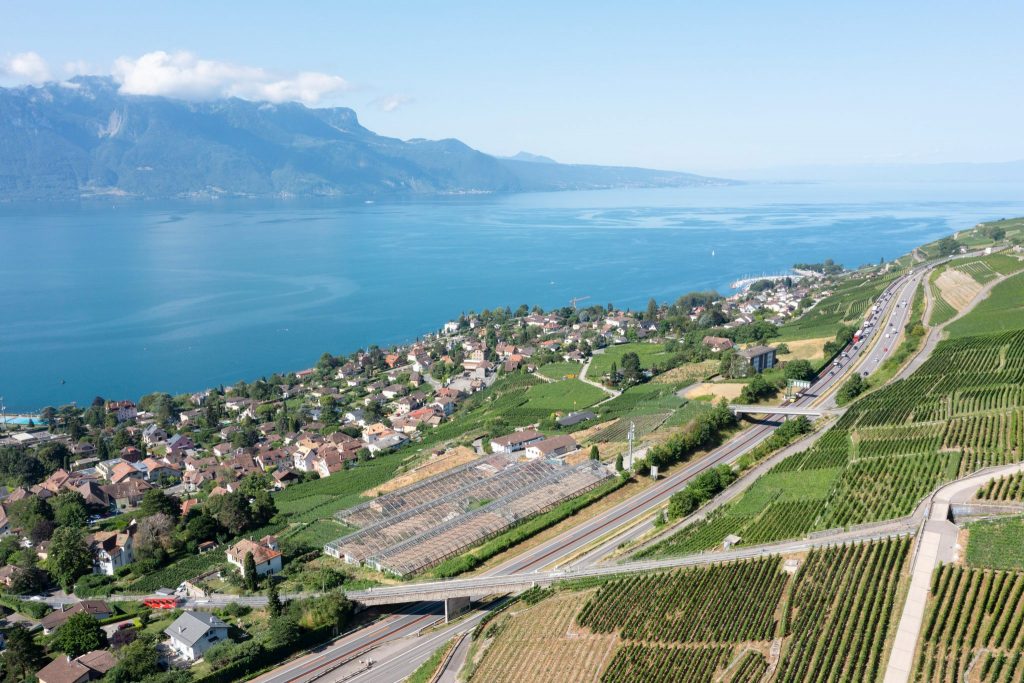
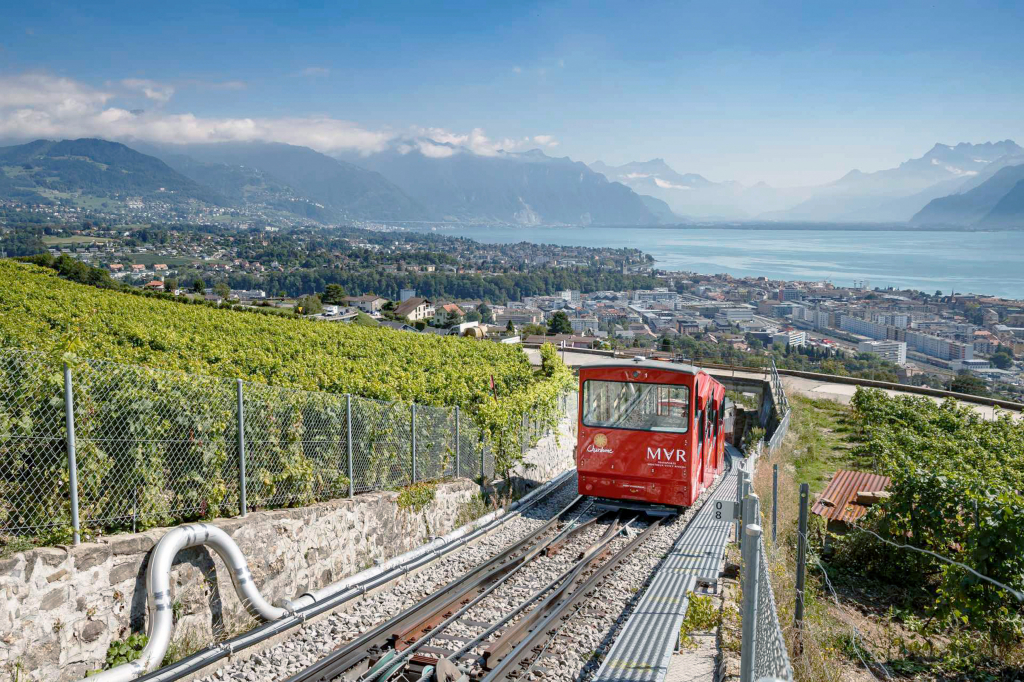
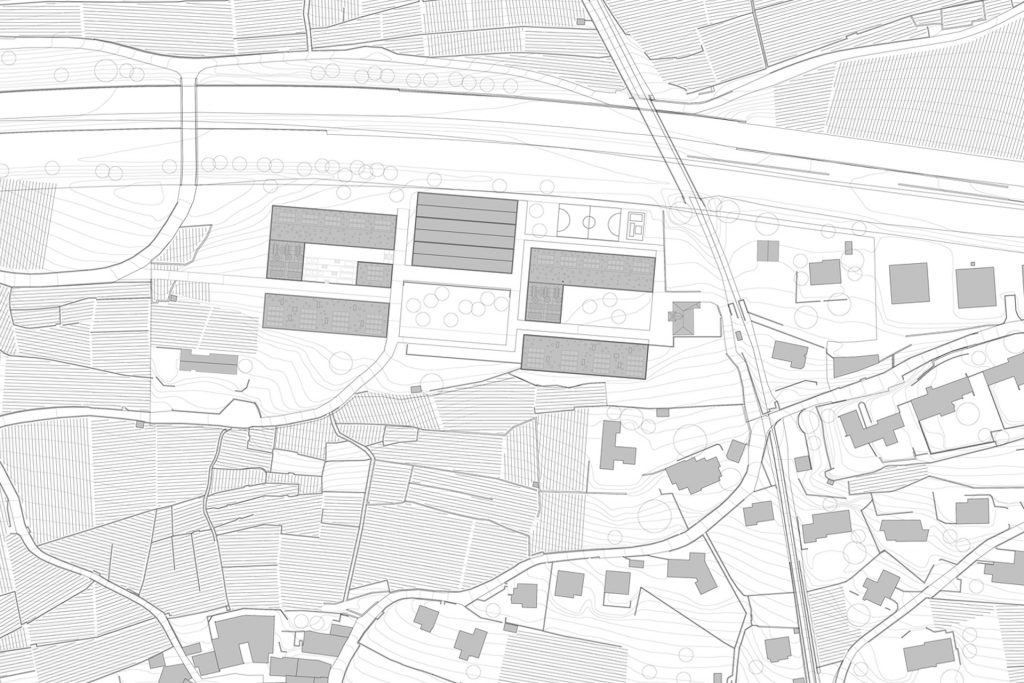
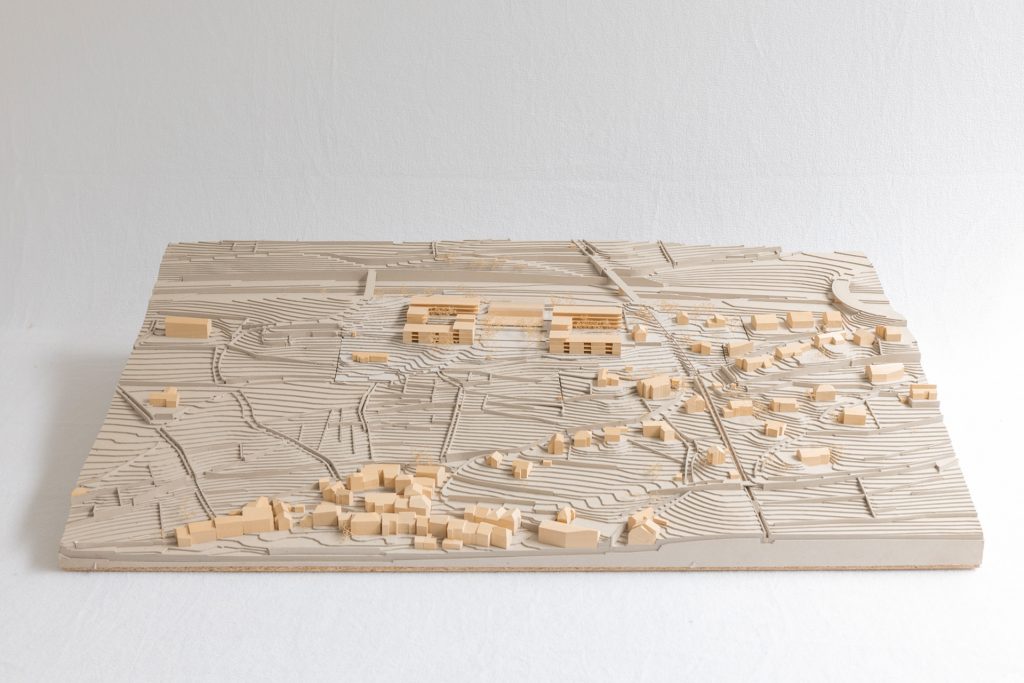
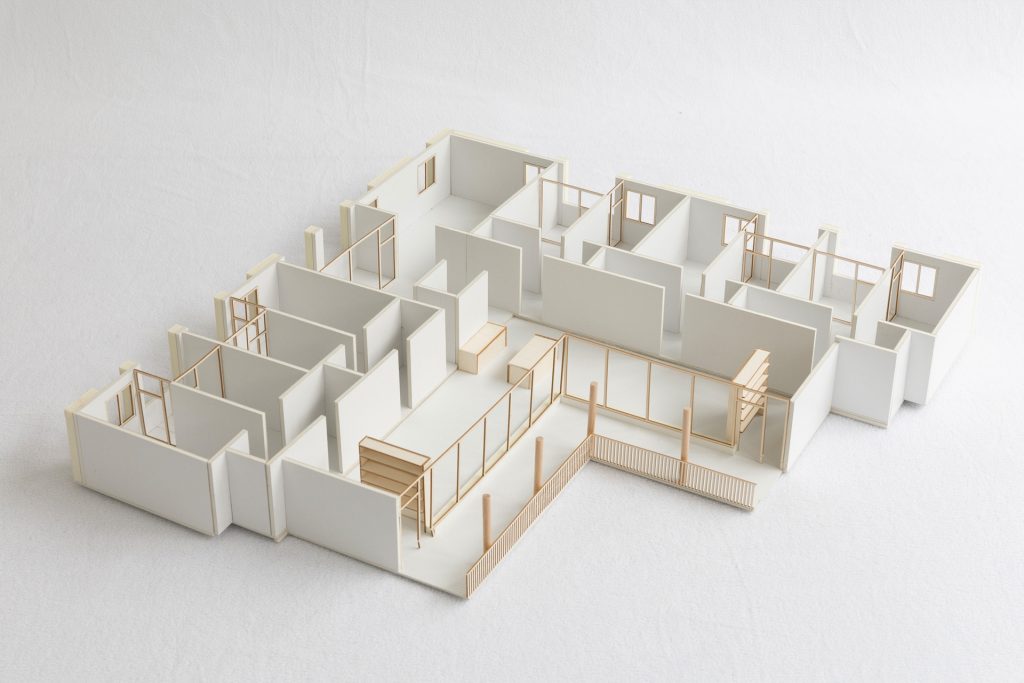
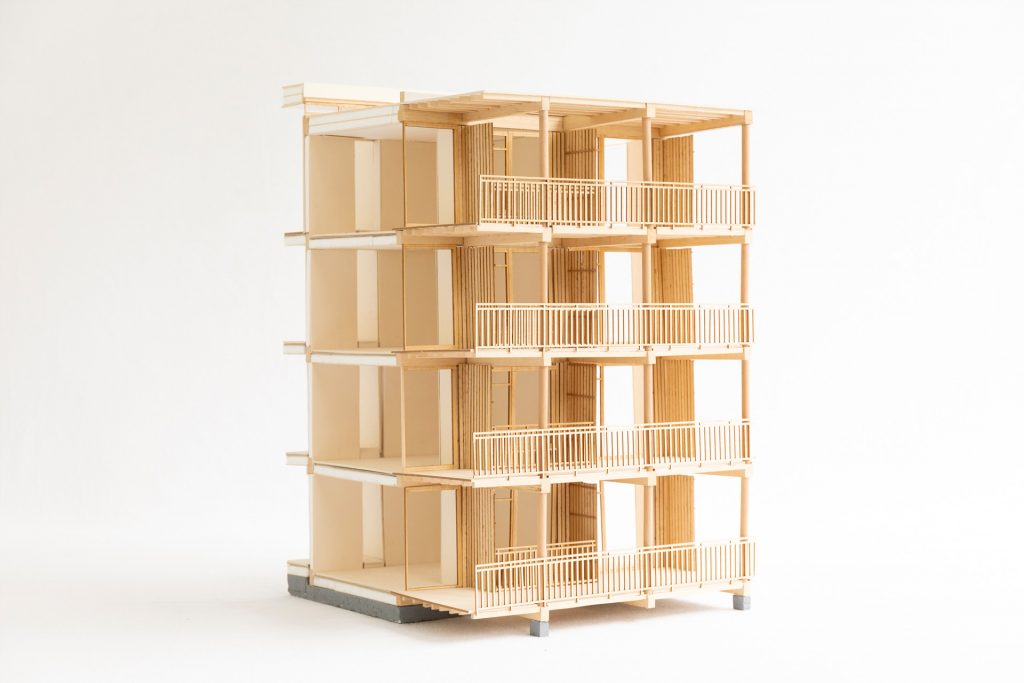
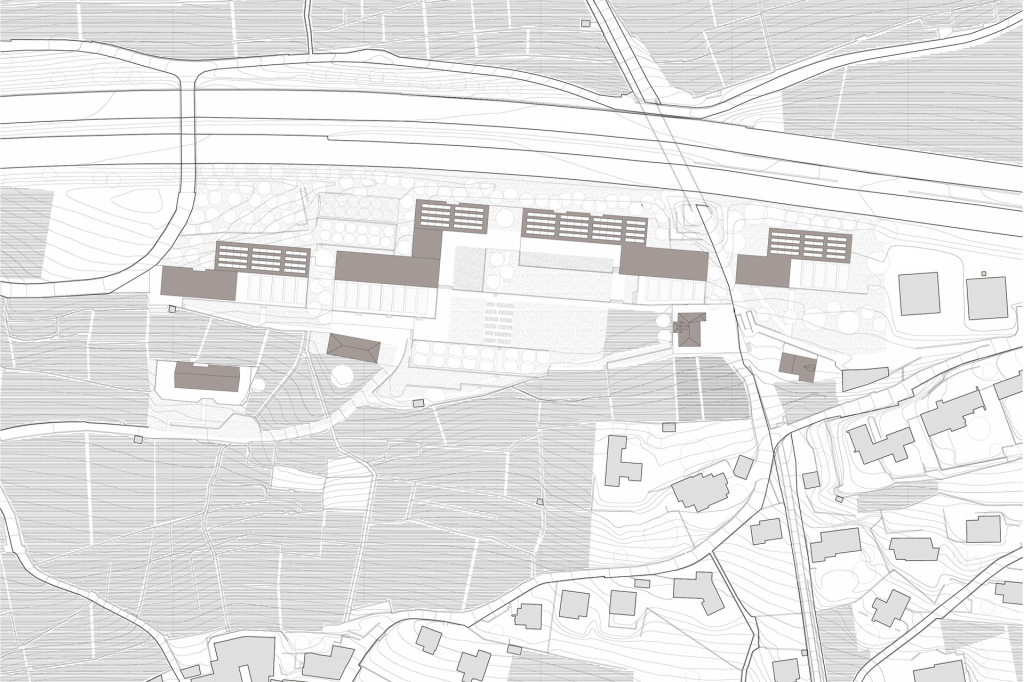

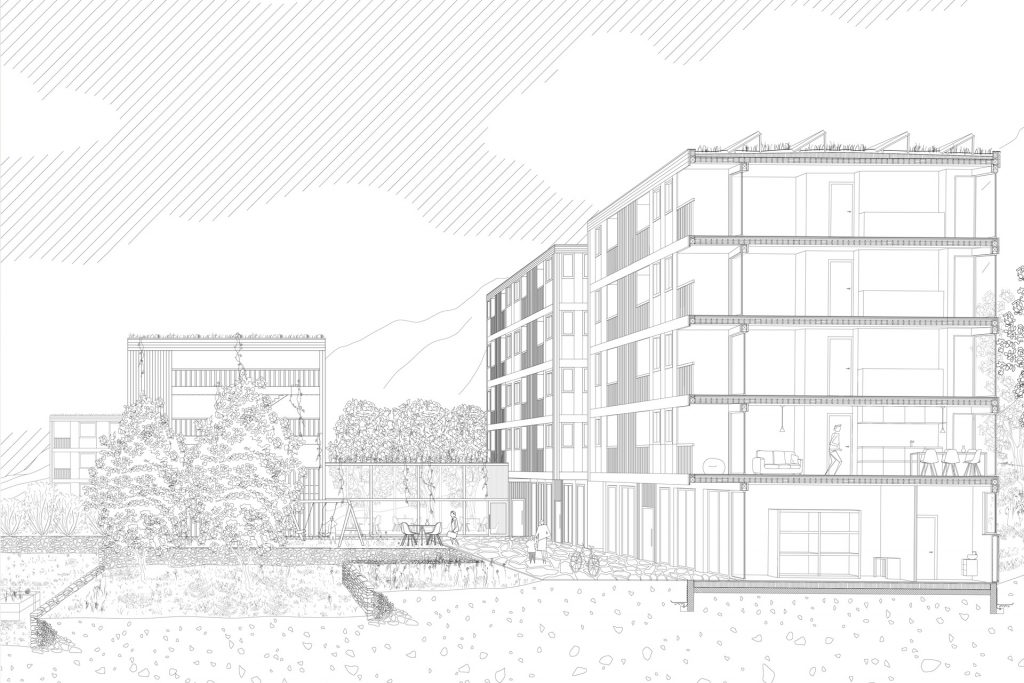
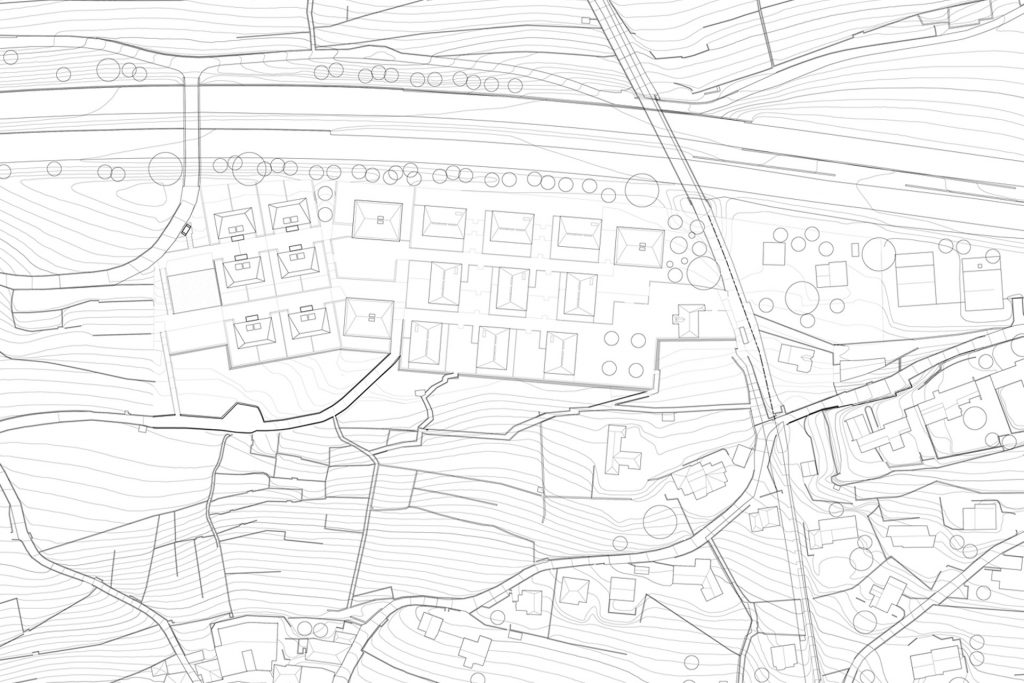
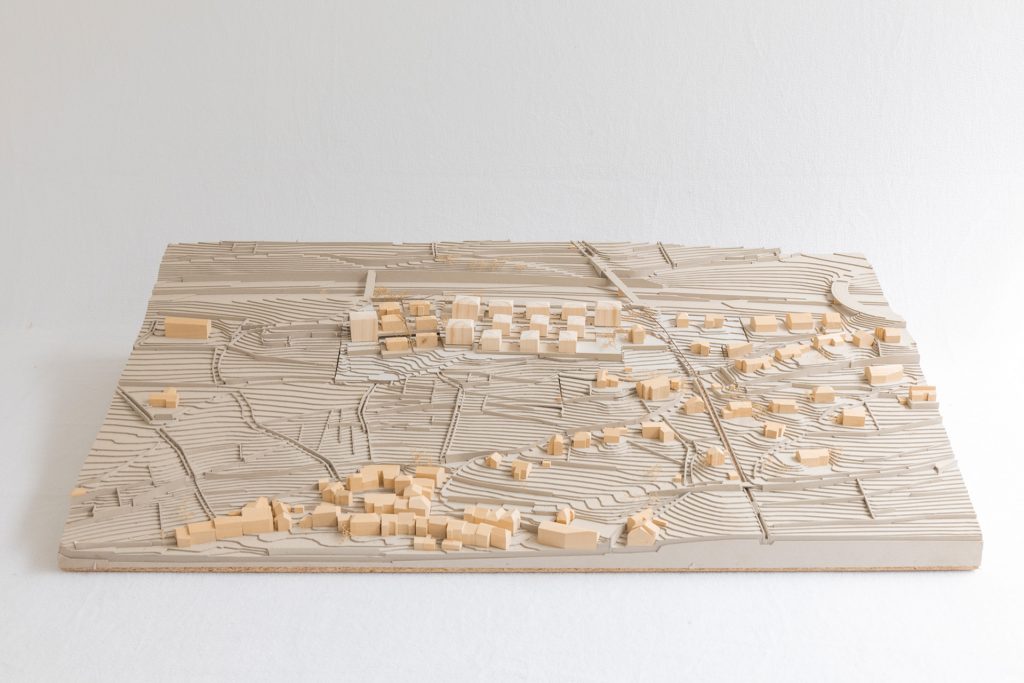
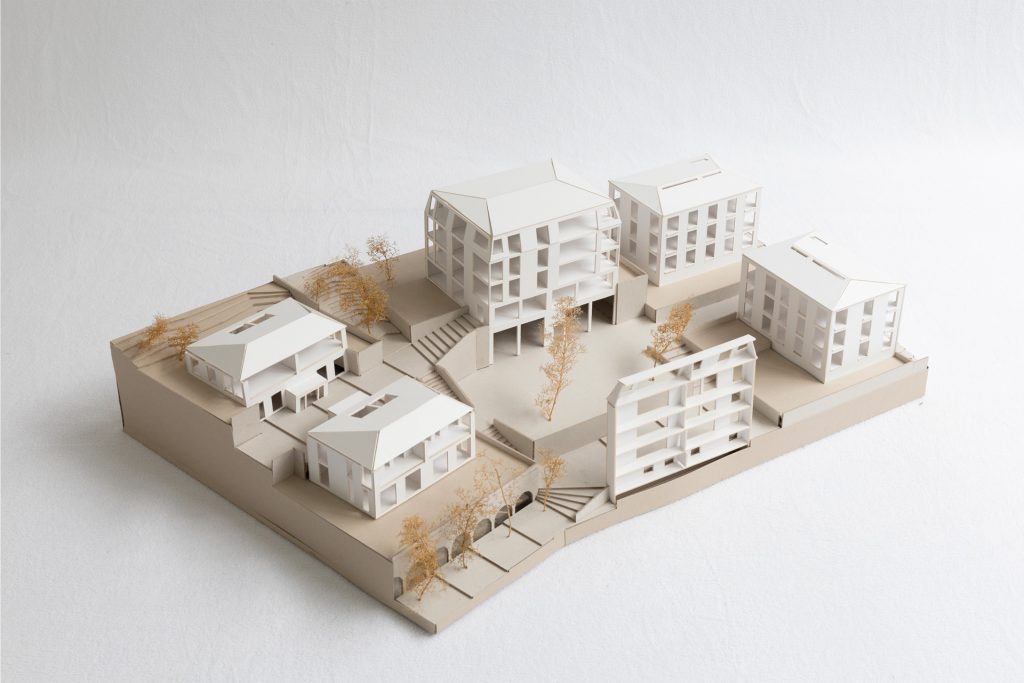


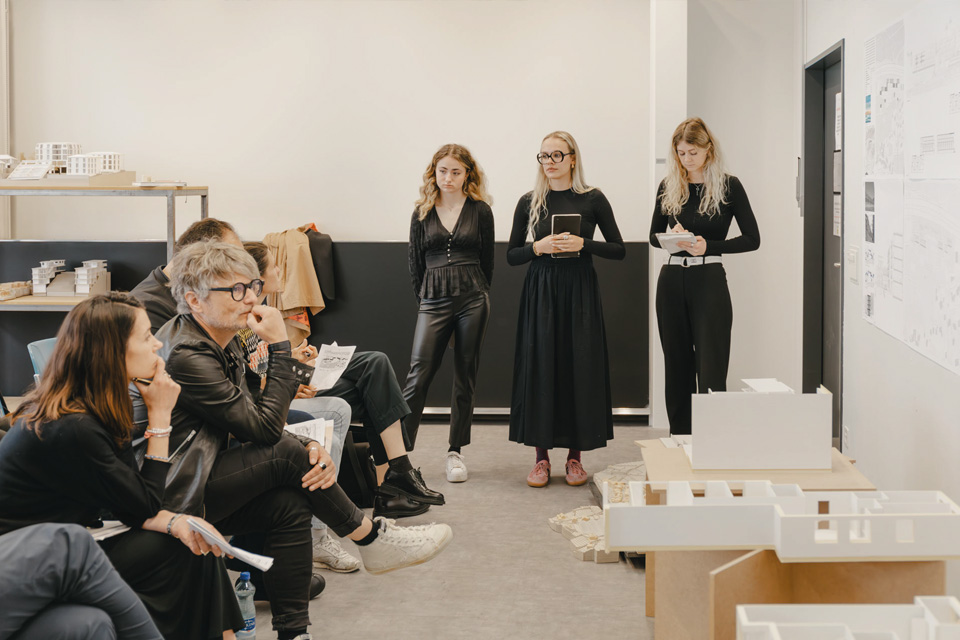
At a time of climate emergency and contraction of available resources, a continuation of urban sprawl is strongly questioned. The architectural project has a central role in the search for alternatives that allow the regeneration of urban territories, the careful densification of buildings in the immediate vicinity of public transport, and, more broadly, the inclusion of good construction practice within the transition dynamics towards a low-carbon society. In the Swiss context, a large part of the urbanized areas is on slopes, which generates multiple challenges in terms of building and mobility. The implantation of buildings and the creation of public spaces are confronted with unavoidable questions regarding the relationship to the ground level and the minimization of soil excavation. In terms of mobility, it is a matter of rediscovering and revaluing transport techniques developed before the hegemony of the car and, more particularly, electric transport specifically adapted to the slope.
Located on the heights of Vevey, the site chosen for the 2023-2024 edition is directly connected to an intermediate station of the Vevey – Chardonne – Mont-Pèlerin funicular, which since the beginning of the 20th century has linked the shores of Lake Geneva to the mountainside. Currently occupied by disused horticultural greenhouses overlooking the Lavaux region, it is characterized by the quality of its views and the efficiency of its cable-supported connection, prompting architectural reflection on its possible future. Somewhere between utopia and realism, it could be the setting for a new kind of ecological neighborhood, to be imagined on an already largely artificial hillside. The RELIEFS URBAINS Studio will aim to explore, through the architectural project, the multiple issues and potentialities of such a site. Increased attention will be paid to the question of intermediate housing, as well as to the landscaping and networking of public spaces in relation to the site’s unique characteristics.
Video
Beau-Site, Vevey © LAST / N. Sedlatchek
Team
Professor : Prof. Emmanuel Rey
Teaching assistants : Clément Cattin, Martine Laprise, Sophie Lufkin
Experts : Jean-Claude Frund, Sibylle Kössler
Lectures
Nicolas Bassand, architect, lecturer, HEPIA, Geneva
Claire Bini, architect, University of Genoa, Genoa
Véronique Favre et Tanya Zein, architects, FAZ Architectes, Geneva
Christian Gilot, Professor UCL, Louvain-la-Neuve
Marlène Leroux, architect urban planner, Atelier Archiplein, Geneva
Gianluca Porcile, PhD architect, Genoa
Oliver Regazzoni, architect, LR Architectes, Lausanne
Valter Scelsi, Associate professor, University of Genoa, Genoa
Laurent Vuilleumier, architect, LVPH architectes, Pampigny
Students
Lama Boustany, Brigitte Bravo Prado, Léa Bredou, Ylenia Candanedo Rodríguez, Manon Charrière, Kristina Cittolin, Marie De Taisne, Cheryl Dessart, Carla Devallet, Dileija Dirren, Balthasar Eberle, Doriane Eckert, Joya El Laham, Yédidya Farescour, Anna Felappi, Noélia Fernandez, Yannick Galeuchet, Alexandre Galiotto, Esteban Germann, Maya Hirsch, Noah Lespect, Maurine Magnin, Thomas Morandini, Hugo Moreira Ferreira, Joanna Perrin, Elia Piatti, Emma Righini, Paul Schellingen, Qiara Schuermans, Olivia Steels, Malika Vaccaro, Samsara Valentini, Apolline Viet, Mohammad Yassin, Medea Zullino